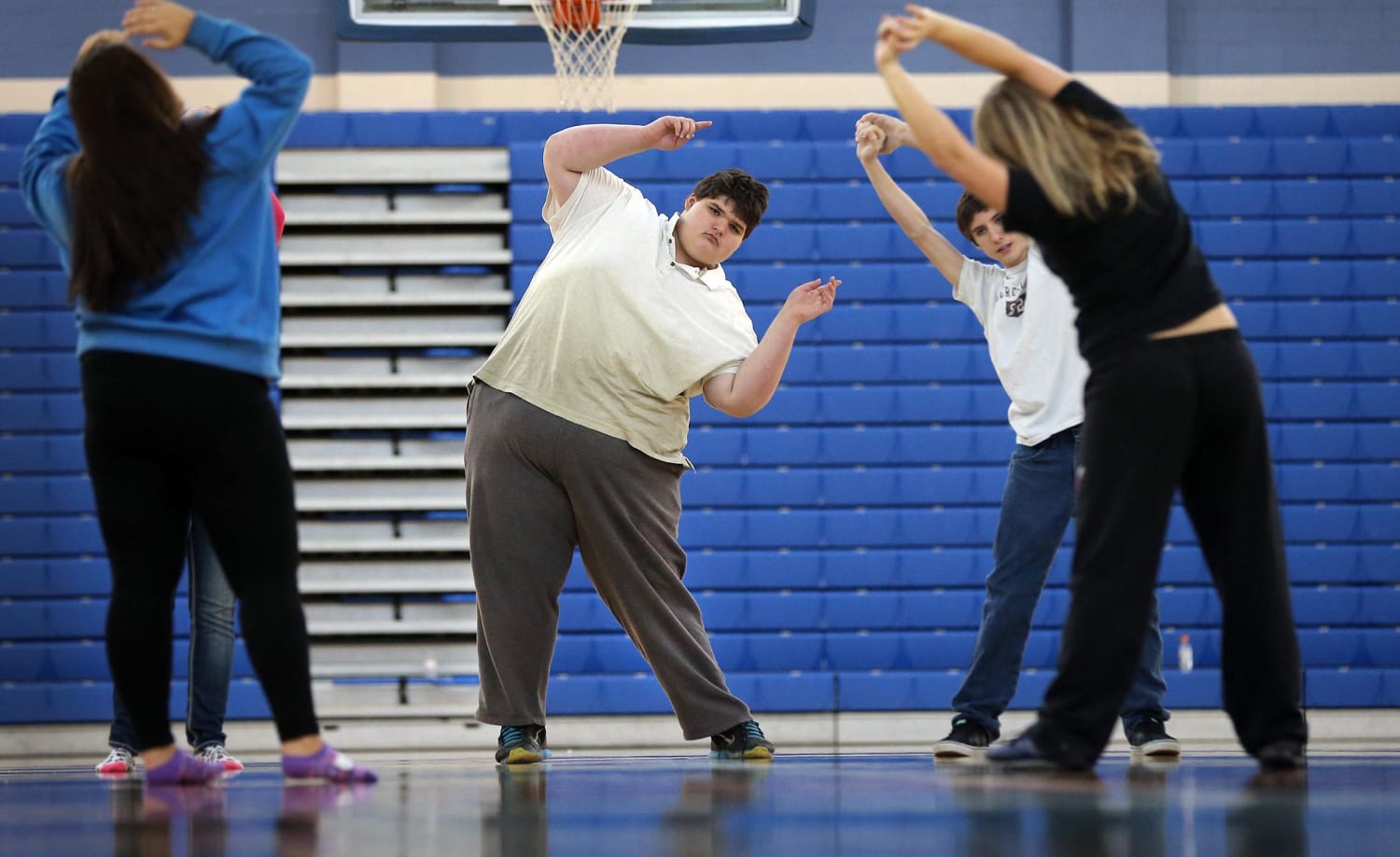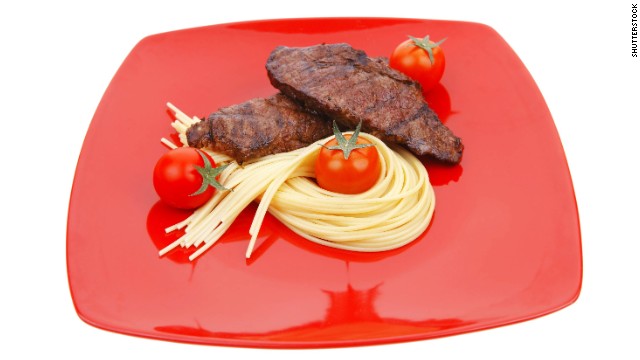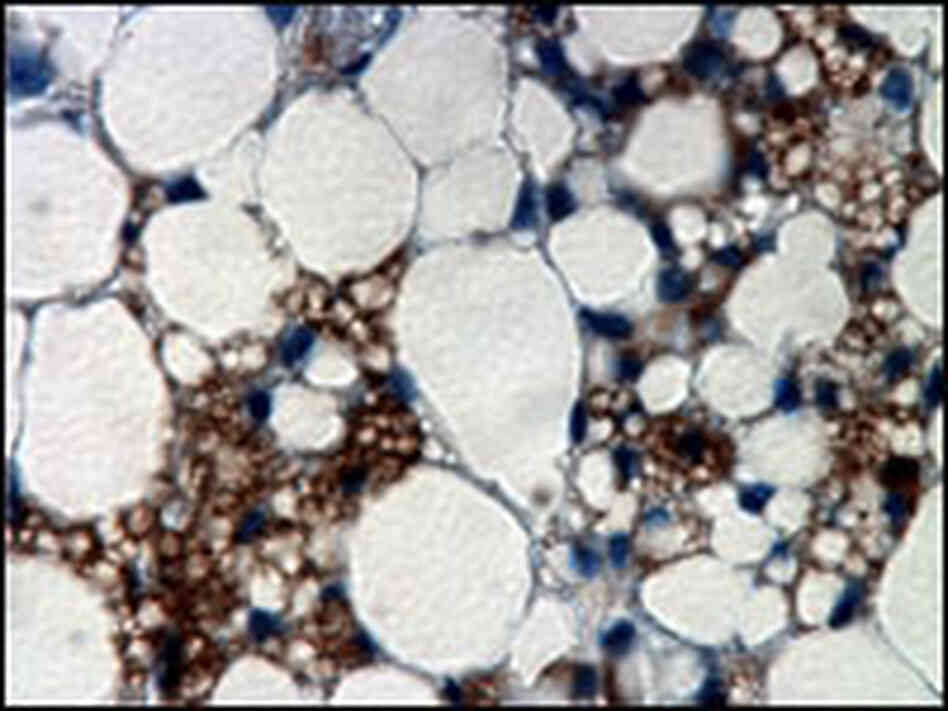
It was hard not to notice the 510-pound freshman in English class who dwarfed his peers and walked with his head down, sullen and quiet.
His teacher knew that the 14-year-old needed help. What the teacher didn’t know was how Eric Ekis had ballooned to that weight — while mourning the death of his father. Or why this lonely kid didn’t seem to want to change, even though his classmates bullied him. Or that in helping Eric, he might just help the whole school.
On that first day of class at Franklin Community High School in Indiana this past fall, teacher Don Wettrick tried to engage this new student, suggesting they work out together.
“I’d like to but I can’t,” Eric said.
A few days later, Wettrick brought it up again. Again, Eric said no. Then Eric crushed a desk in class. Wettrick tried again, and again heard no.
He realized his methods were failing. He saw that Eric felt terrible — both physically and mentally. His classmates bullied him. One day Eric smelled so bad, Wettrick pulled him aside to talk about his hygiene. Eric said he knew it was a problem.
“I just don’t care,” Eric told him.
“About?”
“Anything.”
“When did you give up?” Wettrick asked.
“When my dad died.”
Eric cried as he explained that his dad died suddenly in 2010 of a brain aneurysm and soon afterward, 11-year-old Eric fell in the shower, shattering his leg. He underwent multiple surgeries and received rods and screws to fix it. At 6 feet tall and 300 pounds, the doctors feared that Eric might grow lopsidedly, so they broke his other leg to slow the growth. The surgeries rendered Eric bedridden, and months of rehab followed. His lack of mobility and grief made it easy for Eric to stress eat.

“After that is when he started putting weight on. Bedridden and upset and depressed,” says Laura Ekis, Eric’s mom. He gained weight so gradually they did not notice until he ballooned. Three years later, he was 6’4” and 510 pounds.
Now everyone noticed, and Wettrick needed a plan. The English teacher also taught an innovations class, which teaches kids to think creatively. One of his students, Kevin Stahl, a senior and star of the swim team, needed a project. Wettrick approached Kevin
Kevin suggested that Eric walk as a way to get used to exercising. First period every day, Eric walks.
“I was sick and tired of being big and bigger than everyone else,” Eric says. “I got lucky it was Kevin. Kevin is just a nice person. … I am glad he is my friend.”
The two also talked to a dietitian about ways Eric could also improve his diet.
“We’re eating healthier at home. We’re baking things and not frying things,” says Laura Ekis. “I want him to be healthy and productive and enjoy everything high school has to offer.”
Eric wasn’t the only kid in school struggling with obesity – in 2011, about 30 percent of Indiana high school students were considered overweight or obese, according to the Indiana State Health Department. When his classmates noticed what he was doing, some joined him and formed a walking group. Another student, Tessa Crawford, lost 25 pounds thanks to walking and food journaling.
Even students who were not overweight supported the efforts.
“People [had] been bullying me. And they all stopped and people are being supportive,” Eric says. “I feel physically better. I feel better emotionally, too.”
While Wettrick feels overjoyed that Eric is becoming healthier, he also likes that this program has reduced bullying.
“This has almost been more of an anti-bullying campaign,” Wettrick says. “If more students wanted to help, as opposed to point and laugh, [it] can lead to great bonds and friendship.”
It’s been a long journey for Eric and will continue to be. The weight is coming off slowly; he’s lost 10 pounds. Like so many others, Eric gained over the holidays. But he is learning how to live a healthier life.
Wettrick left Franklin Community on Monday — he took a position as an innovation teacher at Noblesville High School — but he still talks with Eric and Kevin. Another teacher, Lesleigh Groce, took over the program. The walking group, which includes about a dozen students, walks for 45 minutes a day; twice a week they do some additional exercise such as shooting hoops or yoga.
Eric says that even with the setbacks, he doesn’t get discouraged because he has so much support.
“From the beginning, I wanted this to help other kids just like me — overweight kids that need the help and the support,” he says. “I just like to help others. It is the right thing to do. … It is what my mom taught me.”
Source: Today health











